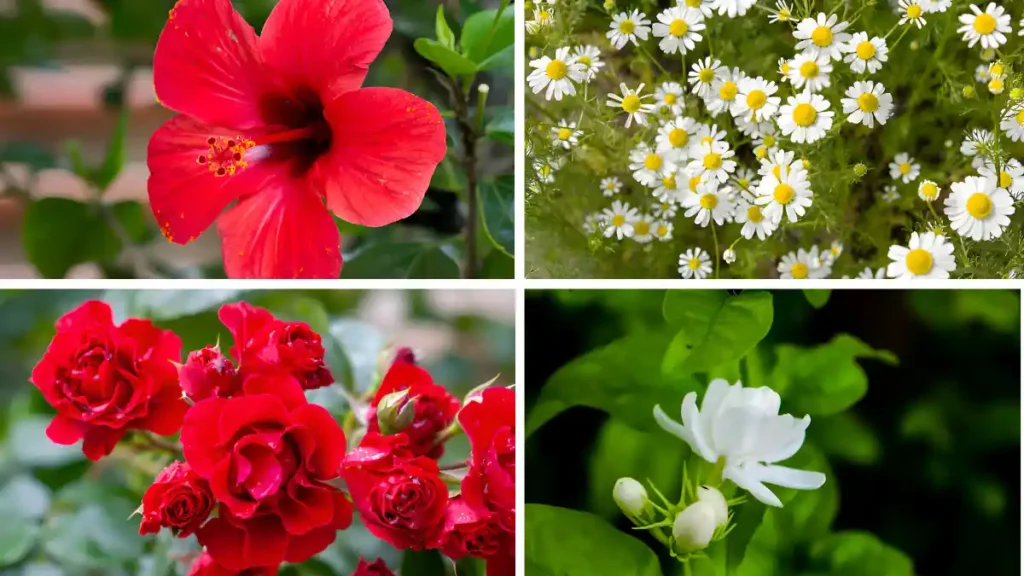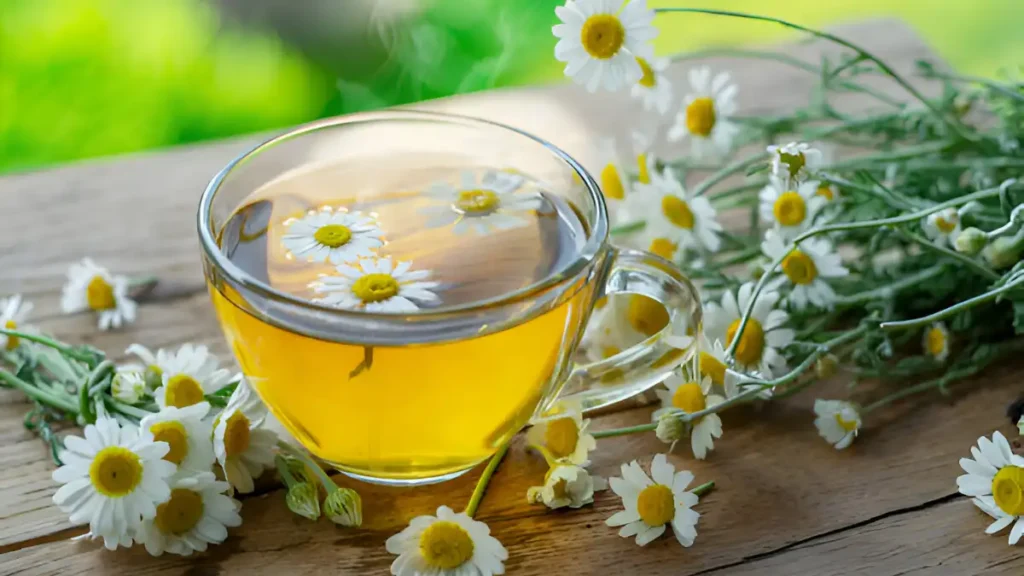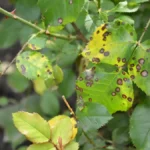Imagine drinking tea that has been infused with the brilliant, fresh flavors of flowers that you grew. A gardener’s delight can be tea-time flowers. Almost as calming as the tea itself is the routine of brewing a nice hot cup of tea. Tea has many health benefits, depending on the variety, in addition to being delicious. This is an introduction to producing your fragrant flowers for tea.
The best flowers for tea are introduced here:
The ideal flowers for tea will most likely rely on your personal preferences. Some people find flowery teas overly sweet. They have an overly floral flavor. Selecting plants for your tea garden can be done effectively by sampling various sorts.
1. Chamomile
Chamomile is a popular choice for bedtime tea, and it is known for its relaxing properties. It is simple to cultivate and does best in full sun and well-drained soil.
2. Lavender
In addition to having a calming scent, lavender promotes rest and sleep. It thrives in sandy soil and bright areas.
3. Rose
Rose petals create a fragrant, somewhat sweet tea. Roses require lots of sunlight and soil that drains properly. They also give your garden an air of refinement.
4. Hibiscus
Rich in antioxidants, hibiscus tea has a tangy, cranberry-like flavor. This tropical plant needs regular hydration and warm weather.
5. Jasmine
Jasmine Green tea goes nicely with the sweet, fragrant tea made from jasmine flowers. These climbers require help to thrive and like warm conditions.

Tips for growing:
- The majority of tea flowers require six hours or more of sunlight per day. Pick a location for your garden where the earth drains properly and there is enough sunlight.
- To enrich and prepare the soil, apply organic compost. To encourage healthy root development, make sure the soil is loose.
- Observe the planting guidelines that apply to the particular kind of flower. To prevent fungal illnesses, it is often advisable to water in the morning and to steer clear of overhead irrigation.
- Flowers are best harvested early in the morning when their oils are at their strongest. To prevent harming the plant, use garden shears or scissors with sharp edges.
- Rinse the flowers gently after picking and allow them to air dry. To maintain their flavor and intensity, dried flowers should be kept out of direct sunlight and stored in sealed containers.
Conclusion:
An enjoyable project that combines the beauty of gardening with the delight of making distinctive, fragrant, and wholesome beverages is growing your fragrant flowers for tea. The act of planting and gathering a diverse range of flowers fosters a stronger bond with the natural world and a feeling of achievement. Take on the adventure of cultivating your tea blossoms and experience the pleasant tastes and healing qualities they impart to your tea-drinking pleasure.
Certainly! If you’d like to learn more, please consider following our WhatsApp Channel: Harvest Gardening
A frequently asked questions:
Q1: How to dry flowers for tea?
A1: When drying flowers for tea, hang them upside down in a place that is well-ventilated and dark until they are totally dry. Alternatively, you can expedite the process by using a low-temperature dehydrator.
Q2: How do you prepare flowers for tea?
A2: You must completely dry flowers before preparing them for tea. After the flowers have dried, steep a tiny portion of them in boiling water for a few minutes, then filter and serve.
Q3: How to dry jasmine flowers for tea?
A3: Jasmine flowers can be dried for tea by spreading them out in a single layer on a clean, dry surface in a well-ventilated place away from direct sunlight. This process usually takes one to two weeks to complete. As an alternative, you can expedite the process by using a food dehydrator that is set to a low temperature.



